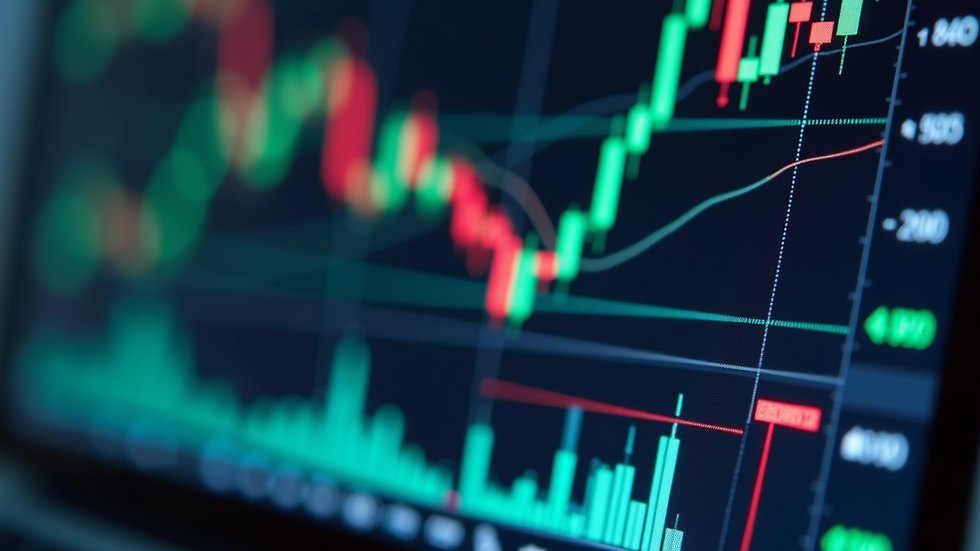Morning Star Forex : Oil, China's Economy, and the Dollar's Ascendancy
- forex368

- Jul 10
- 3 min read
The global financial milieu is a complex, ever-shifting tableau, presenting traders and investors with a puzzle whose pieces are constantly in motion. With the oil market revealing new intricacies, China's economy sending out signals, and the dollar flexing its muscles, the nexus of these phenomena creates a multifaceted landscape. As we traverse this terrain, let's delve deeper into the narratives at play.

Oil's Balancing Act Amid Falling Stockpiles:
A tumultuous week for West Texas Intermediate (WTI) found a semblance of equilibrium as it hovered near $81 a barrel, recovering slightly after a 2.6% dip. Fueling this stabilization is a revelation from the American Petroleum Institute (API) that U.S. crude stockpiles shrank by a whopping 6.2 million barrels. Add to this, the inventories at the key Cushing, Oklahoma storage hub, which plummeted to a level unseen since April.
However, this isn't the entire story. An earlier oil market surge — ignited by supply curtailments from OPEC+ heavyweights like Saudi Arabia and Russia — took a backseat as China, the world's top oil importer, showcased a turbulent economic dance. With its vast real estate sector on shaky ground, financial institutions were compelled to reassess their growth trajectories.
As Yeap Jun Rong, from IG Asia Pte, insightfully notes, "While the API's optimistic figures offer a glimmer of hope, the shadow of China's economic challenges looms large over oil market sentiments."
The Dollar’s Dominance:
In a marketplace where currencies ebb and flow, the U.S. dollar stands tall. As market trackers show, the greenback is set for its fifth uninterrupted session of gains. This ascendance, while echoing U.S. economic tenacity, casts a long shadow over global commodity prices. For the international buyer, every notch of the dollar's rise makes commodities pricier, complicating strategies for those eyeing the oil sector.

Deciphering Timespreads:
For the discerning trader, timespreads and crude benchmarks' concurrent oscillations offer a treasure trove of insights. The WTI's two closest contracts, currently in a state of backwardation, have narrowed the gap to a mere 50 cents a barrel, down from a previous 76 cents. This compressed structure is a bellwether of near-term market constraints, a critical cue for market aficionados.
The Yen, Yuan, and Broader Currency Movements:
Asia's mood remains cautiously pensive, with the yen hovering near a nine-month low and traders anxiously eyeing potential interventions. Meanwhile, the offshore yuan is wrestling with its own nine-month low, a reaction to unsettling data from China, causing Beijing to recalibrate its key policy rates.
As Aninda Mitra of BNY Mellon Investment Management points out, "The onus now is on policymakers to truly step up, especially with the undercurrents of Chinese economic activities revealing unexpected downturns."
Furthermore, the Australian and New Zealand dollars, often seen as liquid reflections of the yuan, have felt the tremors, plunging to levels reminiscent of the previous year.
Morning star Forex:
The global economic and financial story is vast, intertwined, and continuously evolving. From the corridors of OPEC to the boardrooms in Beijing, and trading floors across continents, every whisper, every data point, and every policy change echoes, influencing the next chapter. Mastery in this demands vigilance, adaptability, and a keen sense for the undercurrents that shape our tomorrow & morning star forex.
Trading and investing carry financial risks and could lead to partial or complete loss of funds. Invest only what you can afford to lose and seek advice from an independent financial advisor if you have doubts about your investment choices.




